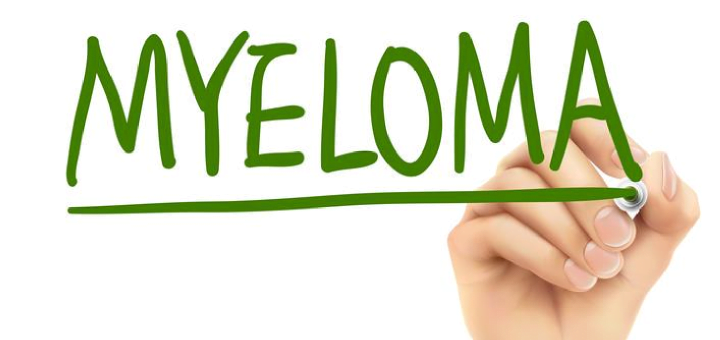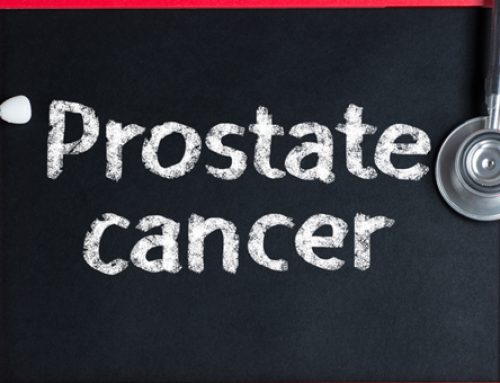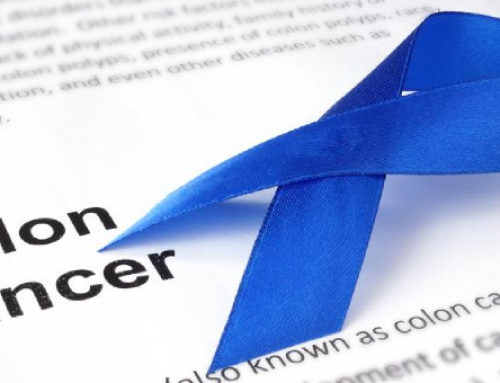
One way to learn about a disease is to understand the meaning behind the root words that make up the name of the disease. As part of the term Myeloma: Myelo is defined as spinal cord or bone marrow and Oma denotes tumors and other abnormal growths. Therefore, Myeloma is a type of cancerous growth that happens in the soft center of bones (bone marrow). It occurs in a specific kind of blood cells called plasma cells. Normal plasma cells form the infection fighters of the body called the “antibodies.” In Myeloma, these plasma cells become abnormal, multiply uncontrollably and release only one type of antibody that has no useful function, known as paraprotein. Paraprotein is often measured to diagnose and monitor Myeloma.
There are a number of Plasma Cell dyscrasias (disorders) and Myeloma is one of them.
Several forms of Myeloma:
- Multiple Myeloma (MM) is the most common: More than 90 percent of people with Myeloma suffer from MM. This affects several different areas of the body
- Plasmacytoma – a tumor made up of one type of plasma cells that can be found in one site. These sites can bone or soft tissue
- Localized Myeloma – a few neighboring sites evident
- Extramedullary myeloma – involvement of tissue other than bone marrow, such as skin, muscles or lungs.
Division according to progress:
- Slowly progressing: Asymptomatic that is it has no symptoms.
- Symptomatic myeloma has related symptoms such as anemia, kidney damage and bone disease.
Why does Myeloma happen?
Myeloma happens because the cells that are responsible to cause myeloma get mutated. The blood cells form certain specific cells called B cells. These cells form plasma cells which in turn form the healthy proteins called “antibodies” that fight all infections. If these plasma cells get mutated, they multiply and outnumber all other important cells. If they are not treated they can:
- Crowd out functioning white cells, and the immune system can’t guard against infection effectively
- Secrete high levels of protein in the blood and urine, which can lead to kidney damage
- Build up in bone, causing it to weaken, which can lead to bone pain and fractures.
Who is more susceptible?
- Older individuals
- More common in men
- African Americans are 2 times more likely to develop the disease
- Some studies are showing a link between the development of myeloma and radiation or exposure to certain kinds of chemicals such as pesticides, fertilizers and certain other agents
- Overweight or obese individuals
Presentation
- Bone pain and fractures: the pain is usually constant and aggravates on movement. The myeloma cells secrete a specific kind of substance (Cytokines), which erodes bone through bone dissolving cells (osteoclasts). Bones can become frail enough to break or fracture in a minor fall or injury and even during normal activities, such as walking, lifting, sneezing or coughing.
- Anemia leading to fatigue and weakness: the cancerous cells can outnumber the RBCs.
- Frequent infections: since the plasma cells that are now formed are defective, they do not form antibodies adequately and hence the body loses the full capacity to fight infections.
- Numbness, tingling, burning or pain in the hands.
- Some patients have high levels of calcium, which can cause increased thirst and urination, constipation and, in extreme cases, decreased alertness and kidney failure.
Tests
- Blood urea nitrogen (BUN) and creatinine to check how well your kidneys work.
- Protein levels in the blood and urine.
- Complete blood count (CBC) to measure red and white blood cells.
Treatments
- Chemotherapy — drugs that kill cancer cells — can often slow the progress of the disease when they’re used together with other treatments.
- Steroid drugs
- Lenalidomide (Revlimid)
- Pomalidomide (Pomalyst)
- Thalidomide (Thalomid)
- Bortezomib (Velcade )
- Radiation therapy uses high-dose X-rays to destroy cancer cells.
- A stem cell transplant replaces the cancerous cells with healthy cells. People who can donate stem cells include the person with Myeloma, a close relative or a donor with closely matched cells.
What can I do to lead a better life?
- Eat a healthy well balanced diet.
- Exercise so that the mood gets elevated and you feel better.
- Relax
- Locate the various support groups in your area or online to meet people who are fighting the illness or are survivors.
- Keep your morale up: it might be possible that the disease comes back once it is cured. Get help as soon as possible and stay strong.
Through healthy choices and will power, you can face Myeloma in a bold way. Be strong and support those who have it. Seek medical help and be hopeful as a lot of research is in underway.
—
Like what you see? Sign up to join Human Health Project, a community-based, not-for-profit website focused on using peer to peer health support for a healthier you.
—






Leave A Comment
You must be logged in to post a comment.